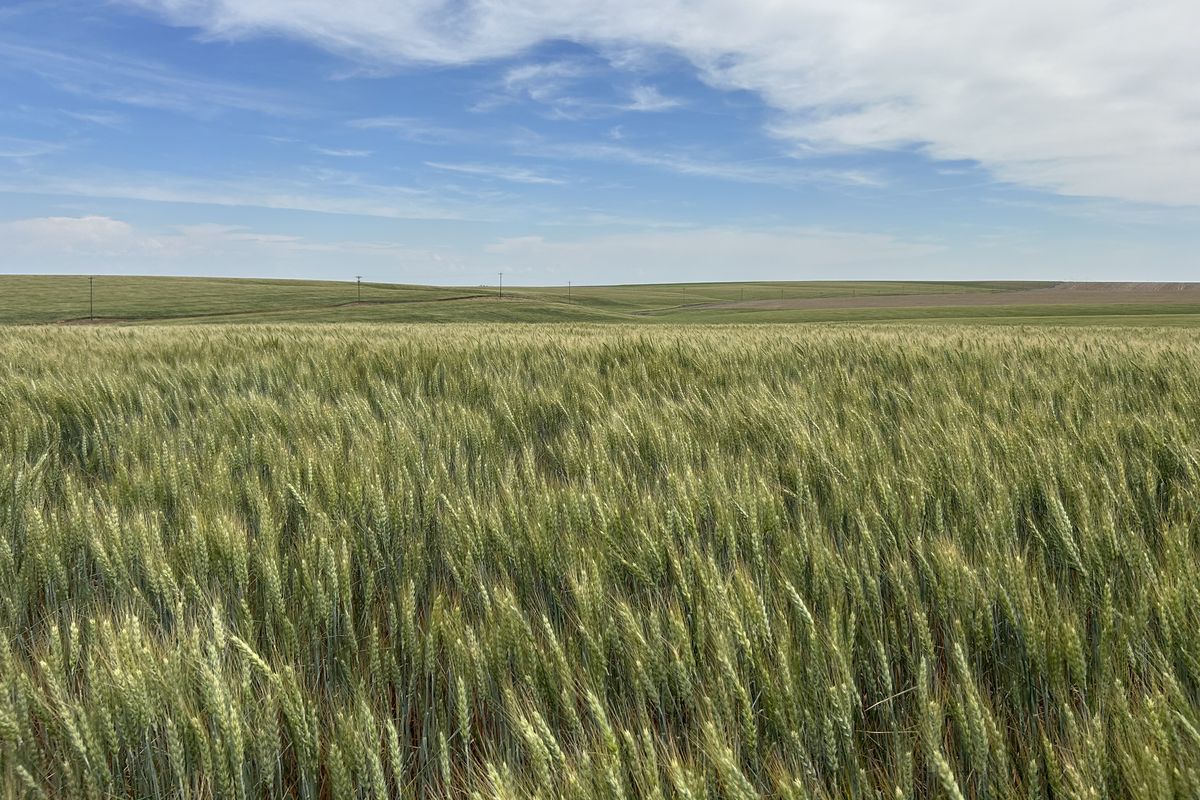Salmon and farmers are on the same side

In the hottest year ever recorded, another wheat harvest is wrapping up. Extreme weather means it’s more important than ever to preserve the critical infrastructure we depend on to deliver goods to market. The lower Snake River dams provide affordable, clean, and reliable energy for our farms and communities, but the benefits of these dams extend even further.
The dams enable efficient transportation of our wheat to global markets. The navigable waterways allow us to transport larger quantities of our products at lower costs, making our exports competitive in the international market. Ten percent of all wheat exported from the United States travels on barges through the lower Snake River. To replace the cheap and efficient barges, grain would need to be trucked to ports on the coast, clogging roads and generating air pollution in local communities.
The dams also provide a critical water source for irrigation, enabling area farms to cultivate crops even as our summers heat up. Without them, we would lose 48,000 acres of irrigated farmland and thousands of farmers could lose their livelihoods.
And let us not forget that family farms, just like any family, need affordable and reliable energy.
Because so much of our region’s power supply is managed by the federal government, three Pacific Northwest senators recently wrote a letter to U.S. Secretary of Energy Jennifer M. Grandholm, a key Biden administration player, which stated:
“On average, the lower Snake River dams provide the Bonneville Power Administration (BPA) with approximately 1,000 megawatts of power annually. With the capacity to generate over 3,000 megawatts of power on-demand, the lower Snake River dams are vital for meeting peak energy demands and supplying affordable power to millions of Americans. Notably, BPA credited the lower Snake River dams as responsible for keeping the lights on in part of its service territory during the July 2021 heatwave.”
No one here has forgotten the July 2021 heatwave.
As farmers, we also care deeply about salmon preservation. The importance of responsible resource management is core to everything we do. But we strongly believe that removing the lower Snake River dams is not a responsible reaction to salmon struggles.
It is highly unlikely that salmon populations will substantially benefit from removing the dams. In fact, Chinook salmon return to the Snake River at about the same rate as undammed rivers in Alaska and Canada, possibly due to the dams’ highly effective fish passage systems.
What are scientists on the river saying? According to a recent story in the Capital Press, a regional newspaper covering agriculture issues across the Pacific Northwest, “The vast majority of salmon are getting up, over, around and through the four lower Snake River dams even as legal challenges and political battles swirl around them, according to the federal agency in charge of monitoring fish health.”
For every 100 young Chinook and steelhead that head downstream and past the four dams every spring, the Capital Press reported, about 75 survive. “That’s pretty good,” said Ritchie Graves, Columbia Hydropower Branch chief for the National Oceanic and Atmospheric Administration. “In a lot of river systems, that would be something they would shoot for.”
The data show that dams and salmon can coexist, and they must. According to a 2021 NOAA Fisheries study, salmon are facing an existential threat from the warming ocean. Getting rid of the dams makes us more reliant on electricity from fossil fuels, adding to the CO2 problem. Wind and solar power are great, but it will take decades before enough are built to replace existing coal and natural gas plants.
As experts in sustainable ecosystem management, farmers understand the importance of maintaining balance in systems. We know that every action can have both intended and unintended consequences.
We see plainly that losing the lower Snake River dams would have devasting unintended consequences for the farming community and the millions of other people in the Northwest who rely on the hydropower system for clean, affordable, and reliable electricity.
About Northwest RiverPartners
Northwest RiverPartners is a member-driven organization that serves not-for-profit, community-owned electric utilities in Oregon, Washington, Idaho, Montana, Utah, Nevada and Wyoming. For more information, visit https://nwriverpartners.org/take-action/
Michelle Hennings is Executive Director, Washington Association of Wheat Growers